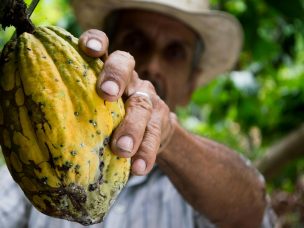Mortality rates generally highest for infants of Black and American Indian and Alaska Native non-Hispanic women
There is variation in infant mortality rates across maternal race and Hispanic-origin groups and by selected maternal characteristics, according to the March 5 National Vital Statistics Reports, a publication from the National Center for Health Statistics.
Danielle M. Ely, Ph.D., and Anne K. Driscoll, Ph.D., from the National Center for Health Statistics in Hyattsville, Maryland, present infant mortality rates for selected maternal characteristics for the five largest maternal race and Hispanic-origin groups in the United States for 2019 to 2021.
The researchers noted variation in infant mortality rates across the five largest maternal race and Hispanic-origin groups and by selected maternal characteristics. Mortality rates were higher for infants of mothers with prepregnancy obesity versus those with normal weight among most race and Hispanic-origin groups; rates were also higher for infants of women who smoked cigarettes during pregnancy and who received late or no prenatal care and for those covered by Medicaid as the source of payment for delivery. Infants of women who received Special Supplemental Nutrition Program for Women, Infants, and Children benefits had higher mortality rates, with variation noted across race and Hispanic-origin groups. For the maternal characteristics examined, mortality rates were generally highest among infants of Black non-Hispanic and American Indian and Alaska Native non-Hispanic women and were lowest for Asian non-Hispanic women.
“These findings demonstrate the importance of examining infant mortality by detailed race and Hispanic origin whenever possible to better focus efforts to improve infant outcomes,” the authors write.









